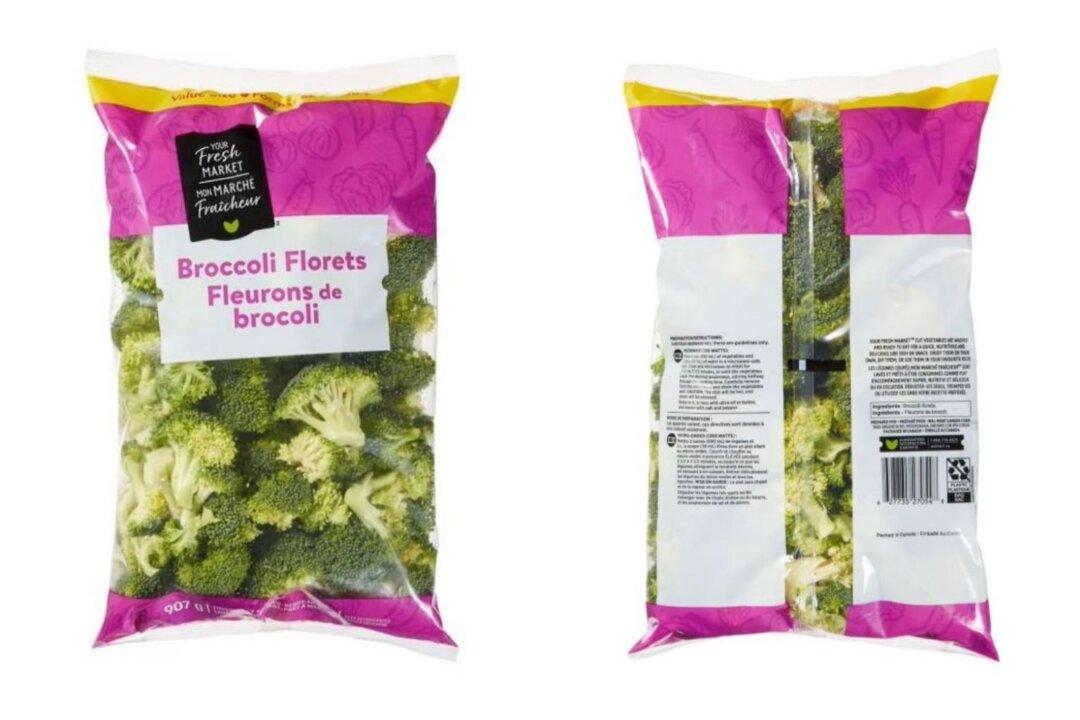The Ontario government on Friday provided details on how they are rolling out the COVID-19 vaccines once they arrive.
Premier Doug Ford said during a press conference that the province is ready to roll out its COVID-19 vaccine distribution plan once the 6,000 doses of Pfizer-BioNTech vaccines arrive in Ontario on Dec. 14. Of those, Toronto and Ottawa will receive 3,000 doses each.





